Strong core muscles are about far more than just appearance. For women, especially as we age or navigate post-pregnancy recovery, core stability plays a crucial role in posture, balance, pelvic health, injury prevention, and overall functional strength. The good news? You don’t need intense workouts or gym equipment to build a resilient core. This 60-day low-impact plan is designed specifically with women’s health in mind, combining short daily routines, simple daily habits, and evidence-based strategies to help you develop lasting core strength safely and effectively.
The core is more than just abdominal muscles. It includes the transverse abdominis, obliques, pelvic floor, diaphragm, and muscles of the lower back and hips. Together, they form a natural 'corset' that supports your spine and internal organs.
For women, hormonal fluctuations, pregnancy, childbirth, and menopause can affect core integrity. Weakness or poor coordination in these muscles may contribute to lower back pain, incontinence, poor posture, and reduced mobility. Research shows that targeted core stability training improves balance, reduces fall risk, supports pelvic floor function, and enhances daily movement efficiency—especially important during and after life transitions.
This plan focuses on consistency over intensity. Each day includes a 5–10 minute movement routine and one supportive habit. Exercises emphasize proper form, breath control, and neuromuscular connection—key elements in evidence-based core training. All movements are low-impact, safe for most fitness levels, and can be done at home with no equipment.
The first two weeks focus on learning how to engage your core correctly. Many people unknowingly hold their breath or strain their neck during core work. These early days are about retraining movement patterns.
💡 Habit: Practice diaphragmatic breathing while brushing your teeth—twice a day.

Now that you’ve built awareness, it’s time to challenge coordination and endurance. Focus on maintaining a neutral spine throughout each movement.
💡 Habit: Set a reminder to check your posture every 2 hours. Sit or stand with ears over shoulders, shoulders over hips.
By now, your body should be more in tune with core engagement. These weeks integrate stability into dynamic movements and longer holds.
💡 Habit: Practice pelvic floor contractions (Kegels) during daily routines—while waiting in line, sitting at your desk, or during TV commercials.
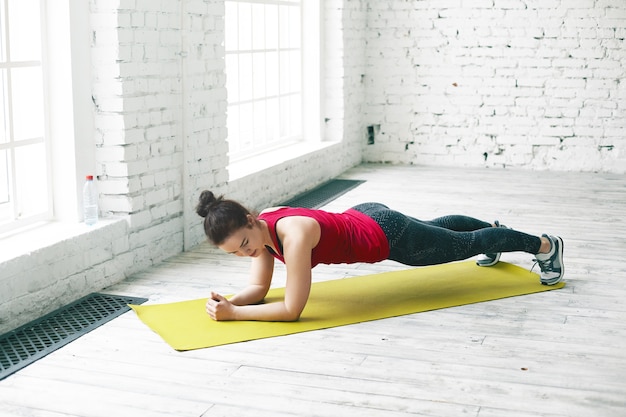
Core stability is a lifelong investment in your health. This 60-day plan offers a sustainable, low-impact path to stronger, more resilient core muscles—without strain or intimidation. By integrating simple routines and mindful habits, you’re not just building strength; you’re enhancing your overall well-being, confidence, and functional independence.
Start today. Your core—and your future self—will thank you.

Health

Health

Health

Health

Wellness

Fitness

Fitness
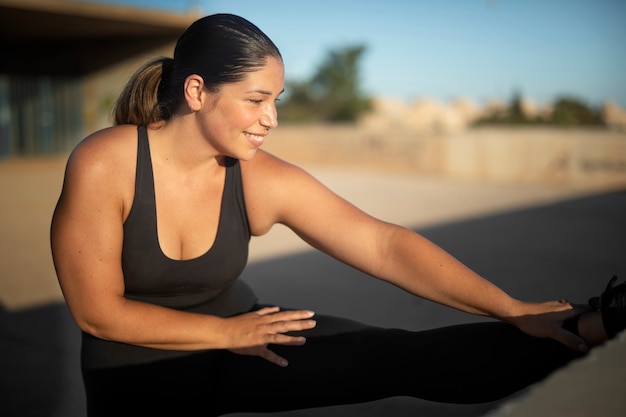
Fitness

Fitness
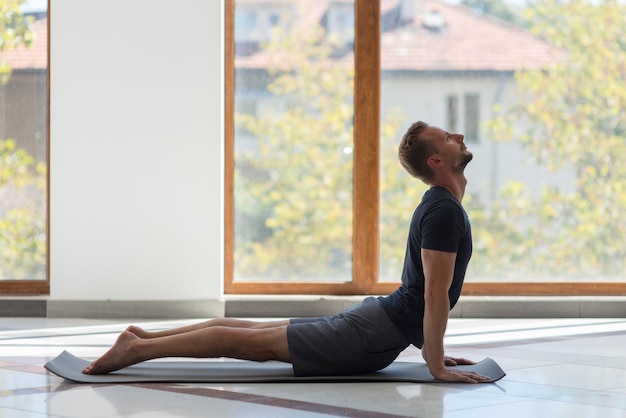
Wellness
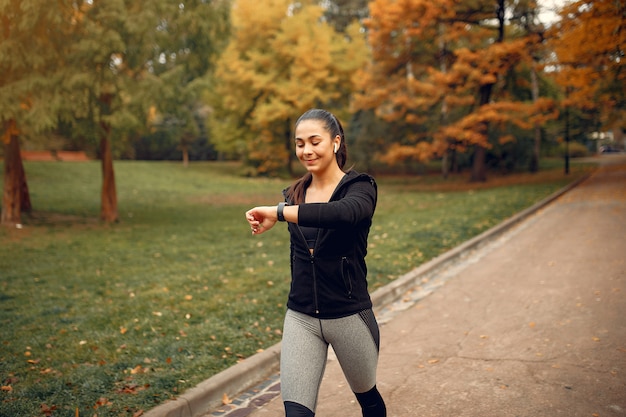
Fitness
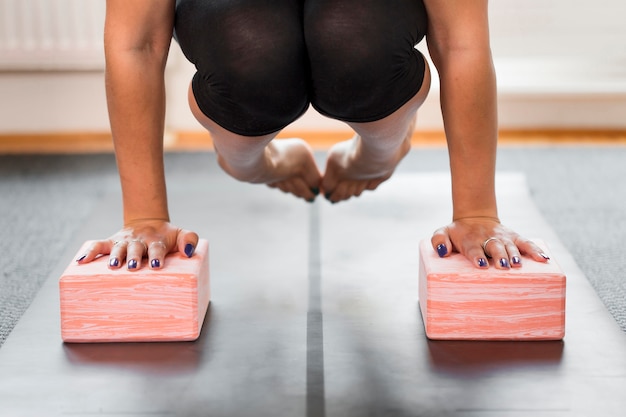
Fitness

Health

Fitness

Health

Health